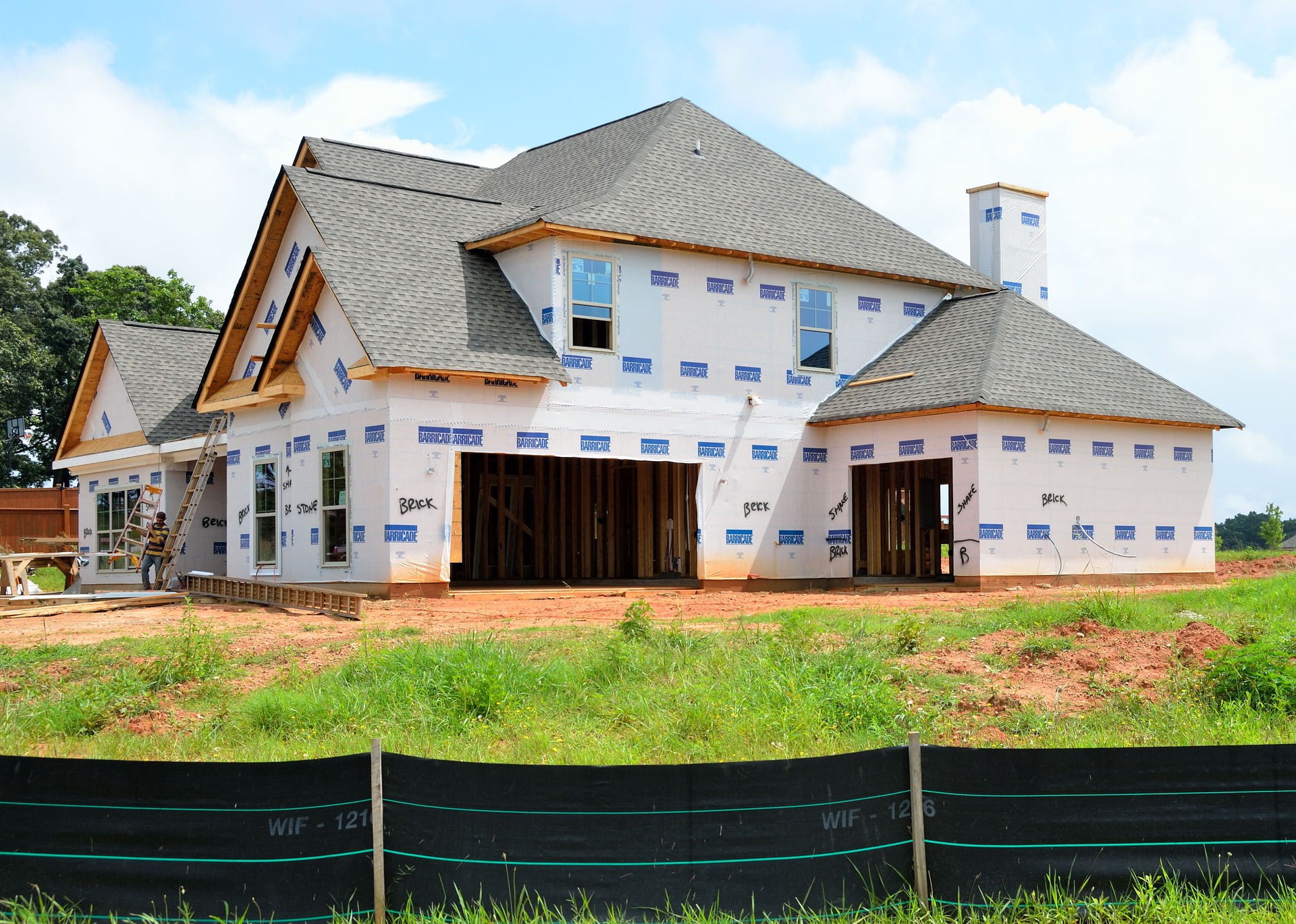Explore Prefab Home Prices Before Taking the Next Step
Prefabricated homes represent a growing segment of the housing market, offering an alternative path to homeownership that combines affordability, quality construction, and faster build times. These factory-built structures arrive at your building site in sections or modules, ready for assembly by professional crews. Before committing to this housing option, understanding the complete financial picture helps you make an informed decision that aligns with your budget and long-term goals.

Understanding Prefab Homes
Prefabricated homes encompass several construction methods, including modular homes, manufactured homes, and kit homes. Modular homes are built in sections at a factory and assembled on a permanent foundation, meeting local building codes just like traditional site-built homes. Manufactured homes, formerly called mobile homes, are constructed to HUD standards and can be placed on permanent or temporary foundations. Kit homes arrive as pre-cut materials with detailed assembly instructions, requiring more hands-on construction work.
The construction process begins in climate-controlled factory environments where skilled workers use precision tools and standardized procedures. This controlled setting reduces weather delays, material waste, and construction errors common in traditional building. Quality control measures throughout the factory process often result in tighter construction tolerances and better energy efficiency compared to site-built alternatives.
Price Ranges for Prefab Homes
Entry-level manufactured homes typically start around $40,000 to $80,000 for basic single-wide units, while double-wide manufactured homes range from $60,000 to $150,000. These prices reflect the home only, without land, site preparation, or installation costs.
Modular homes command higher prices due to their permanent foundation requirements and adherence to local building codes. Basic modular homes start around $100,000 to $200,000, while luxury modular homes can exceed $400,000. Kit homes offer the most variable pricing, ranging from $50,000 for simple cabin-style designs to $300,000 for elaborate custom packages.
Size significantly impacts pricing, with square footage costs ranging from $50 to $120 per square foot for modular homes, compared to $100 to $200 per square foot for comparable site-built construction. Regional variations affect these ranges, with higher costs in areas with expensive labor markets or strict building requirements.
Factors That Influence Pricing
Location plays a crucial role in prefab home costs, as transportation expenses increase with distance from manufacturing facilities. Homes shipped across multiple states incur higher delivery fees, sometimes adding $5,000 to $15,000 to the total cost.
Customization levels directly affect pricing. Standard floor plans with basic finishes offer the lowest costs, while custom designs with premium materials, upgraded appliances, and architectural details increase expenses significantly. Popular upgrades include hardwood flooring, granite countertops, energy-efficient windows, and enhanced insulation packages.
Foundation requirements vary by home type and local regulations. Manufactured homes may use pier and beam systems costing $3,000 to $8,000, while modular homes require full basements or concrete slabs ranging from $10,000 to $30,000.
Additional Costs to Consider
Site preparation represents a major expense often overlooked in initial budgets. Land clearing, grading, utility connections, and driveway installation can add $15,000 to $50,000 depending on site conditions and local utility availability.
Permits and inspections vary by municipality but typically cost $1,000 to $5,000. Some areas require additional engineering studies or architectural reviews for prefab installations, particularly in flood zones or areas with strict aesthetic guidelines.
Installation and assembly costs depend on home complexity and local labor rates. Professional installation for modular homes ranges from $10,000 to $25,000, while manufactured home setup costs $3,000 to $8,000. Kit homes require the highest labor investment if you hire contractors for assembly.
| Home Type | Provider Example | Price Range | Key Features |
|---|---|---|---|
| Manufactured | Clayton Homes | $60,000-$150,000 | Energy Star options, multiple floor plans |
| Modular | Ritz-Craft Corporation | $100,000-$300,000 | Site-built quality, permanent foundation |
| Kit Home | Lindal Cedar Homes | $75,000-$400,000 | Custom designs, premium materials |
| Tiny Prefab | Blu Homes | $85,000-$200,000 | Modern design, eco-friendly features |
Prices, rates, or cost estimates mentioned in this article are based on the latest available information but may change over time. Independent research is advised before making financial decisions.
Comparing Prefab Homes to Traditional Housing
Construction timelines favor prefabricated homes significantly. Traditional site-built homes require 6 to 12 months for completion, while prefab homes can be manufactured simultaneously with site preparation, reducing total project time to 3 to 6 months.
Cost comparisons show prefab homes typically cost 10% to 25% less than comparable site-built construction. This savings comes from streamlined manufacturing processes, bulk material purchasing, and reduced labor costs in factory settings. However, land costs, site preparation, and financing terms can offset some savings.
Quality considerations have evolved favorably for prefab construction. Modern factory-built homes often exceed site-built homes in energy efficiency and structural consistency. The controlled manufacturing environment eliminates weather-related construction issues and allows for precise installation of insulation, vapor barriers, and mechanical systems.
Financing options for prefab homes vary by type. Modular homes qualify for traditional mortgages since they’re considered real property when permanently affixed to owned land. Manufactured homes may require specialized financing with potentially higher interest rates, particularly if classified as personal property rather than real estate.
Understanding these pricing factors and comparing options thoroughly ensures you select a prefabricated home solution that meets both your housing needs and financial capabilities. The prefab market continues expanding with innovative designs and improved construction methods, making this housing option increasingly attractive for budget-conscious buyers seeking quality construction and faster occupancy timelines.




